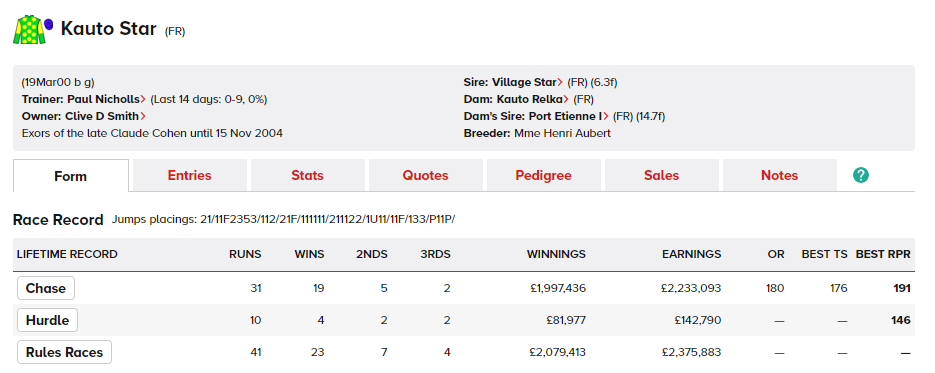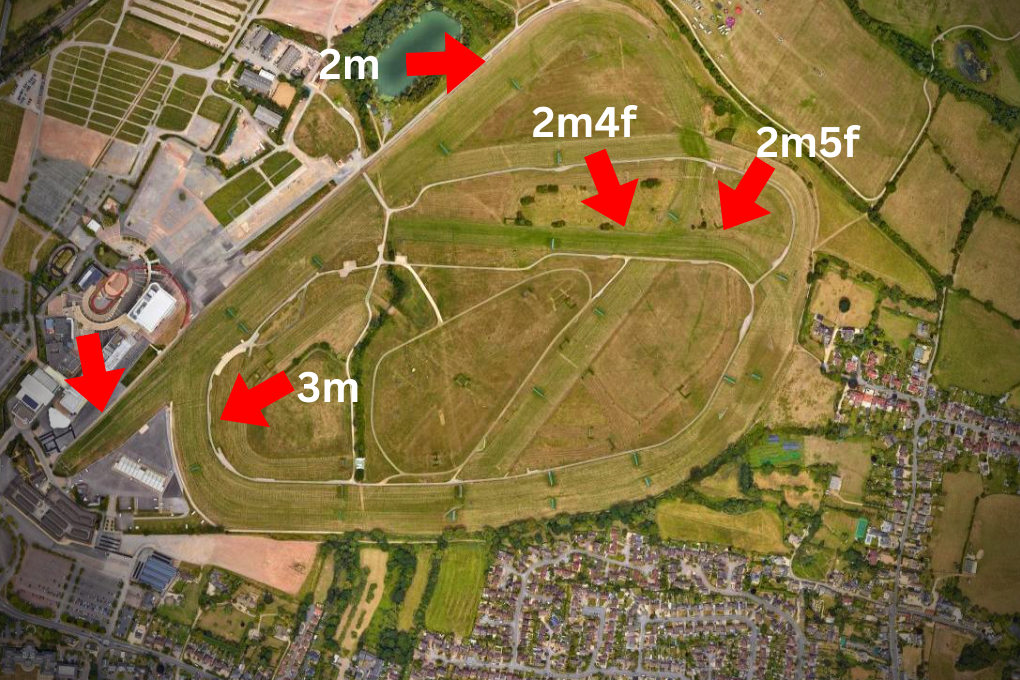For those new to the exhilarating world of horse racing, understanding race distances might seem overwhelming at first…
However, with a little insight, it becomes an exciting aspect of the sport. The distance of each race plays a crucial role in determining a horse’s performance and potential for victory. Grasping how varying distances impact a race can unlock profitable approaches to horse racing betting and trading. Although you should realise – it could get your Bet365 account limited.
Consider the famous Triple Crown, which is a big deal in horse racing and includes the Guineas, Derby, and St Leger races. Each of these races has different distances, testing how well horses can adapt and endure. A horse that wins all three proves its great skill and becomes a part of racing history. As you get into this exciting sport, knowing about race distances can make watching more enjoyable and help you feel more connected to the world of horse racing.
What is Distance In Horse Racing? How Far is a Furlong?
Horse races come in a variety of distances, each adding a unique challenge to the sport. In the UK, the shortest flat race is typically 5 furlongs, while the longest is the Grand National, a thrilling jump race spanning 4 miles and 2.5 furlongs. From everyday handicaps to prestigious Group 1 races, the range is vast and varied.
One of the most common questions newcomers ask is, “What exactly is a furlong?”
A furlong is a unit of measurement used in racing, equivalent to one-eighth of a mile or about 201 meters. Understanding these distances not only enhances your appreciation of the sport but also helps you grasp the tactics and strategies that make horse racing so exciting. The use of furlongs as a unit of distance in horse racing is a nod to the sport’s historical roots and traditions.

Triple Crown
The Triple Crown is a remarkable achievement in horse racing due to the diverse demands of its three races. The Guineas is a test of speed, run over one mile. The Derby, at one mile and four furlongs, requires a combination of talent and class. Finally, the St Leger, spanning one mile and six furlongs, demands true staying power. Winning all three showcases a horse’s versatility and excellence.
In the realm of flat racing, distances start as short as five furlongs, considered the quickest race, and extend to the Queen Alexandra Stakes at Royal Ascot, the longest flat race at 2 miles and five furlongs. Different horses excel at different lengths; sprinters thrive in short races, while stayers target longer distances, often one mile and six furlongs or more. Horses also adapt to varying track conditions, whether it be the firmness of Good ground, the softness of Soft or Heavy tracks, or even the unique surface of All Weather racing. Understanding these nuances can deepen your appreciation of the sport and the incredible adaptability of these equine athletes.
Jump Racing Distances
On the jumps, the shortest race is usually 2 miles – but we can have National Hunt Flat races (or Bumpers as they are usually called) over one mile and seven furlongs, just a furlong shorter than two miles. The longest jumps race is the Grand National at Aintree at four miles, two and a half furlongs. That is a true test of stamina!
In jump racing, just like on the flat, winning requires a combination of speed and stamina. To triumph over two miles takes a burst of speed, while conquering three miles or more demands staying power. Few horses excel across these varied distances, but Kauto Star did exactly that during his prime, showcasing remarkable versatility. Typically, jump horses begin their careers racing over two miles and gradually transition to longer distances as they mature. They enjoy more flexibility in distance progression compared to flat horses, who tend to stick to a specific range throughout their careers.

Take the legendary Frankel, for instance. Despite his greatness, he never ventured beyond one mile and two furlongs, avoiding the Derby and the prestigious Arc at Longchamp. His team chose to keep him at shorter distances, where he consistently excelled. In contrast, horses remembered as all-time greats often achieve success across multiple distances. Kauto Star is a prime example in jump racing, proving his mettle over various lengths.
To be regarded as one of the all-time greats, a horse must not only win against top competitors but also showcase versatility by competing against different sexes and age groups. Achieving victories while giving away weight is a testament to a horse’s true class and ability, further solidifying their legacy in the sport.
What is a Length in Horse Racing?
We now know what a furlong is and what distance means in horse racing.
You might be wondering “How is winning distance measured?”
The winning distance is measured in lengths. You will see “won by four lengths” for example usually wrote down as 4L in the racing results. A length is easy to understand – it is essentially a length of a horse.
Of course, horses can win by less than a length. We also have the following distances of races won;
- Nose (nse)
- Short Head (sh)
- Head (hd)
- Short Neck (snk)
- Neck (nk)
- Half a Length (1/2L)
- Three-quarters Length (3/4L)
Then of course we have one length (1L), two lengths (2L) etc. These days we usually get the exact distances but a general rule has been the max distance won by a flat horse is 12 lengths and in jumps it’s 30 lengths. This is then referred to as ‘won by a distance (dst).’ A lot can impact the winning distance, the draw has a huge impact for example, especially over shorter distances.
Can You Bet On Winning Horse Racing Distances?
Yes, you can bet on horse racing distances. This type of wager focuses not on which horse will win but rather on the margin by which the victory is achieved. It’s a popular option, especially in races with a clear favourite, where the odds for a straightforward win might be less appealing due to the horse’s dominance.

When betting on distances, you might encounter various types of bets. One common option is to predict whether the winning distance will be over or under a certain number of lengths. For example in today’s race at Newmarket Shadow of Light was a strong favourite at even money. In order to get bigger odds on this selection, you could also choose to bet that the horse won by over 1 length.
Betting on distances can be particularly enticing when a horse like Champion Hurdler “Constitution Hill” is involved. Known for outclassing his rivals, the odds for him simply winning could be quite low, making a distance bet a more lucrative option. This form of betting enhances the excitement and engagement of horse racing, bookmakers know this and will often enhance these odds as “bet boosts”.
Conclusion:
After reading this article you should now have a better understanding of horse racing distances. Understanding these distances can certainly help your horse racing betting and trading analysis. If you have any questions, stick them in the comments.

